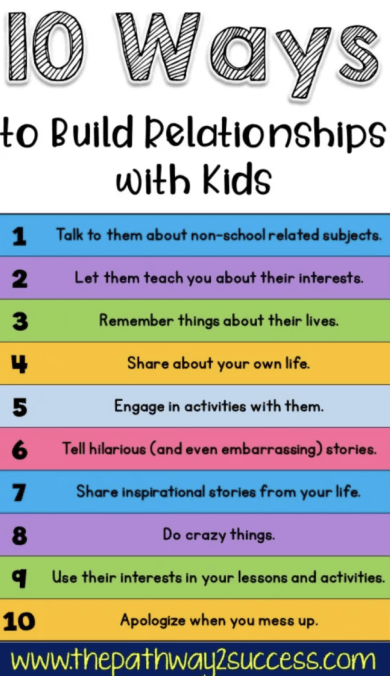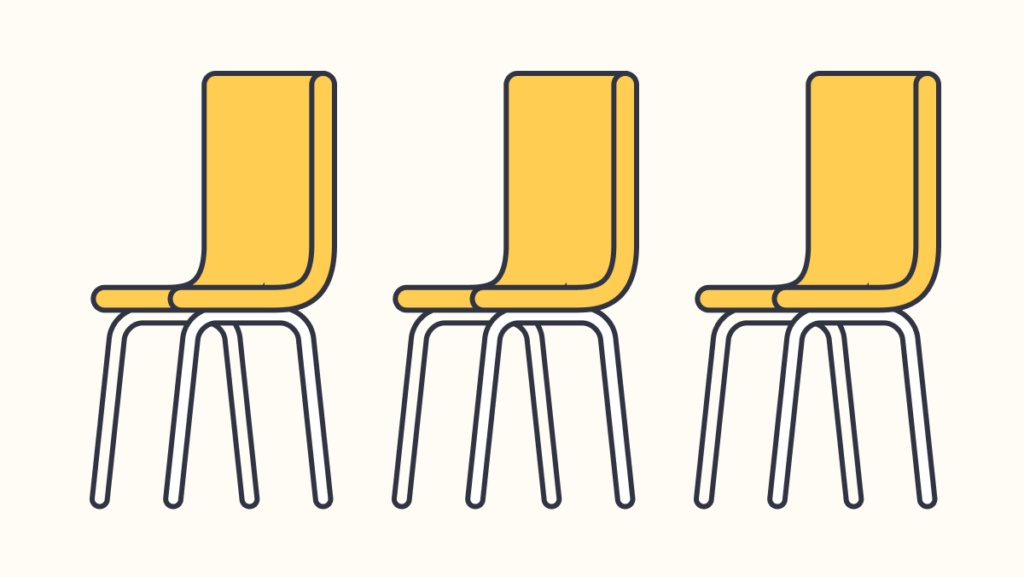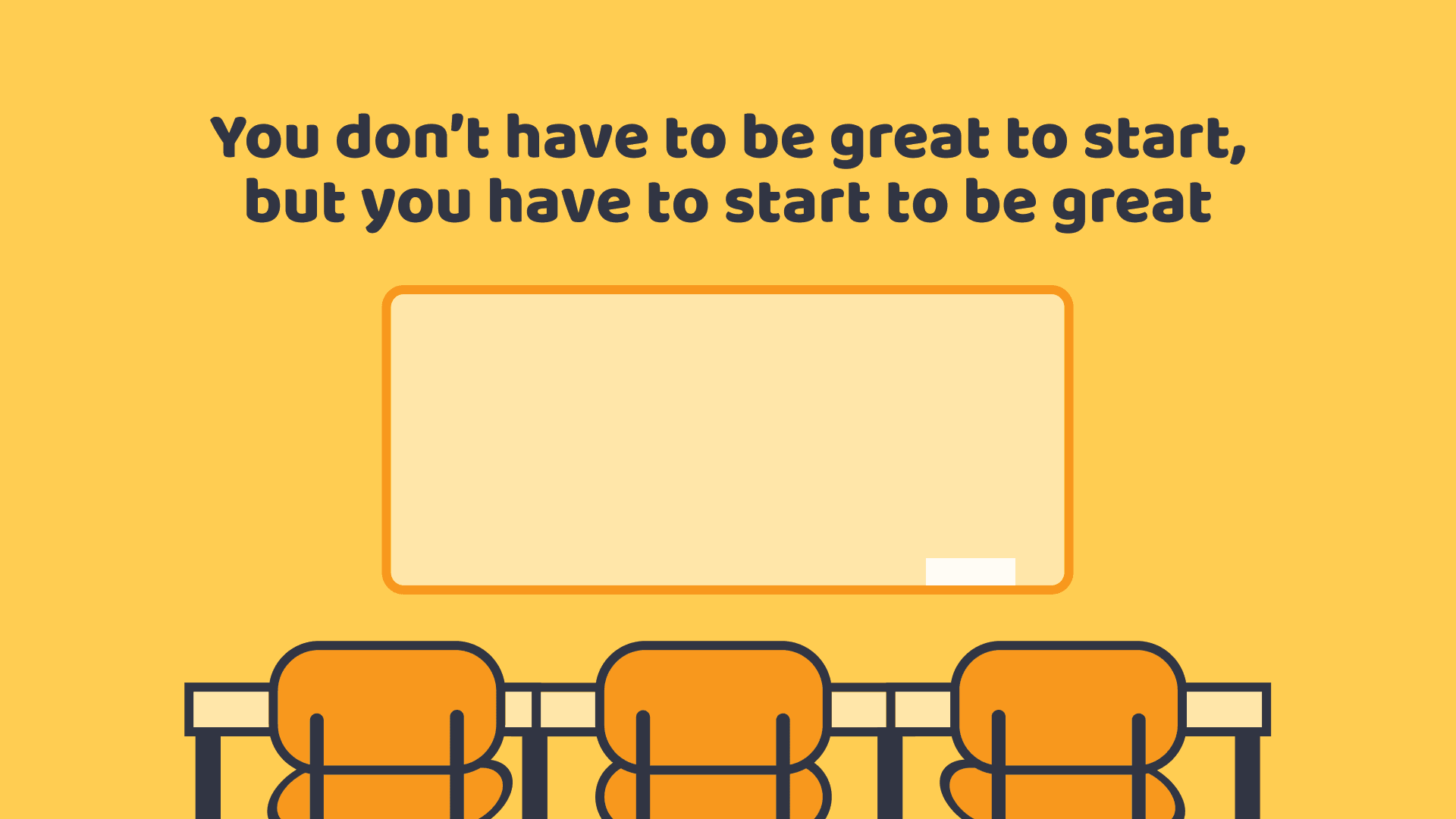Comprehensive guide to behavior management in the classroom
In this guide
An important element in the classroom is behavior management. This is the act of the teacher creating a structured learning environment with clear expectations that are conducive to delivering instruction. The behavior management should support all students, by providing a process by which students are expected to behave, and establish consequences for misbehavior.
Behavior management best practices
I was a classroom teacher for over 20 years. I taught in four different states, in both public and charter, and ranging from elementary to middle school. And in that time, I witnessed a variety of behaviors in my classroom–mostly positive, but some being quite challenging.
Man, some were rough. I believe especially in the past few years of my career, in a post-COVID/online learning time period, there has been a significant uptick in misbehaviors in the classroom. Some students have really struggled with maturity and self control. This required a constant pivot and reflection on classroom management. And trying to always keep my cool.
And because of these things, I came away from the experience with several “tools in my toolbox”, to help manage behavior in the classroom. Below you will find 5 strategies that I used in the classroom, to help with behavior management. I believe they are helpful for all teachers, no matter the grade, subject or style of school.
Examples of behavior management strategies I use in the classroom

1) Building relationships
There’s a reason I listed this one as my #1. Something I have always strived for in my 20 year career as a teacher was building relationships with my students. Whether it was 1st grade or 8th grade, I prioritized making connections and building rapport with them.
I always felt it was essential to the classroom dynamic, their comfort level in my classroom, their willingness to make mistakes, and also for classroom management. Students that feel respected and that you actually care are far more likely to make good behavior choices. And that’s what we want, right?
There are many ways that you can build relationships with your students. I think it all comes down to making authentic connections and being real. The more real you feel, the more comfortable they’ll be. And if they’re comfortable, it may be more automatic for them to meet expectations.
What I mean by that is, share your life with them. Tell them about your pets. Talk about your kids. Tell them funny stories about when you were their age. Decorate your desk area with photos, favorite sports teams, mugs from places you’ve visited, posters from your favorite bands, a pennant from the college you attended, random trinkets from your life, etc.
I can speak from experience, kids love getting to know you. They want to see you as a real person with a real life and real stories. I had a digital frame on my desk, and kids loved seeing little glimpses into my life. They would ask me about my kids and pets, or when I took the picture in Disneyland.
And I can tell you, if they see you as a person with real interests and feelings, they’re far more likely to want to strengthen their relationship with you, by making positive behavior choices.
Another way to build relationships with your students is to get to know them. Say “good morning” when they walk into class. High five them in the hallway. Notice their shoes. Ask about their soccer game from the night before. Compliment their backpack.
Remember details they share with you, like if they have siblings or they’re going on vacation, or starting martial arts, or learning French. Ask about the musical instrument they carry around for band class. Wander into the cafeteria and recess and say hi or join them for a game of Four Square.
Go to their football game and cheer them on. Attend the choir concert. Watch the play. Show up. Let them see that you are present and care. Trust me, it goes a long way.
It may seem unrelated, getting to know your students and how they behave in class, but I can confirm that when you take the time to show up for them and treat them as individuals, they often want to nurture that relationship, by respecting your rules. I have actually had students tell me, “I like you, so I want to do what you ask me to do. I don’t do that for all of my teachers”. I couldn’t help but feel proud of that.
Now, I’m not going to tell you that just because you watched them play basketball they’re automatically going to do the right thing in class. However, the likelihood of your students choosing the right behaviors increases tenfold when they know you are interested and invested in them.
This chart demonstrates some more great ideas for creating strong teacher-student relationships:

2) Establishing routines
Another component of teaching that I found to be essential was routine and predictability. I always tried to make sure that when a student walked into my classroom, they knew what to expect and how things operated.
Kids thrive on structure. We know this. If they can come into your classroom and know what they will be doing, what the typical procedures are and how things will most likely go, their uncertainty of the tone and expectations will lessen significantly.
I used a variety of approaches to building a routine. One way I did this was through an agenda board. I reserved a portion of my whiteboard for a week-at-a-glance.
This could be set up through a calendar, moveable labels, charts, etc. For me, I preferred to create a grid going down the length of the board (usually with electrical tape or washi tape), labeled for each day of the week.
Then, I would list the main assignments/tasks/tests/projects they could expect for that week. I would also set aside a few minutes on Monday to go over the week ahead. And of course, I would review the plan at the beginning of each day. This took the surprise or mystery out of what we would be doing in class that day and throughout the week. It eliminated the need for the constant question of “what are we doing today?” and “what did I miss yesterday?”
Some teachers also require students to write down the daily agenda, so that everyone is on the same page and aware of the plan. This also helps them remember the homework or important due dates.
Routine and predictability can also include how each class time is structured. What are they supposed to do when the bell rings to start class? Are students expected to come into class and sit down silently? Or are they supposed to get out a notebook and pencil right away? Maybe there are instructions written on the board/projected on a screen for them to follow when they walk in?
Are there verbal or non-verbal cues that signal for the students to transition from one activity to another? Are they allowed to talk when they’re working? Is there a rule about a specifically acceptable noise level in class?
Are there assigned seats, or is it open seating? Are there designated places for books/papers/supplies? Where should they store their backpacks? Are there special jobs/roles in the classroom designated to specific students?
Having established answers for these questions will create routine and predictability for your students. Why does that matter? You might be asking. Well, if students are well informed on the rules/procedures/expectations, they may be less likely to act out or misbehave. If they can sense organization and structure, they will feel more secure and confident in what you expect of them while they are in your classroom.

3) Seating charts
As I explained above, being organized and setting clear expectations helps reinforce routine and predictability. And one of those things I mentioned was seating charts. In my opinion, this is essential. This is really for everyone’s benefit.
Students know where they sit when they walk in. The teacher knows where they sit. This also helps streamline the attendance process, as I took advantage of just looking at my seating chart to see who was there and who was absent. Super quick and easy. And for subs, it makes things so much smoother if they know where students are supposed to be sitting.
Assigned seats could look a bunch of different ways. Typically, I would use strategy and multiple factors (IEP/504 needs, social challenges, ability, etc.) to move students into groups. They would usually be in these seats for at least a month.
Other teachers like to mix it up more often. I knew a teacher who handed students a playing card every Monday, and they would sit accordingly for the week.
It could be random or very strategic. Either way, it’s beneficial to have seating charts, to support classroom management.
When students have assigned seats, it creates a structure and parameters for where students sit and who they interact with. They cannot talk to their best friend if they are clear across the room.
Teachers can be intentional about placing students in the front or back or to the side, or make it impossible to turn and make contact with a friend or a student they don’t get along with. Also, the way the desks or tables are physically arranged can allow for or restrict particular behaviors.
Maybe in your class it would work better to have students in rows or pairs. Maybe if you have labs, tables work best.
It could also depend on the activity. Perhaps during group work, desks are scooted together, but normally they are not in large clusters. It’s whatever works best for you and your class dynamic. You may also want to try a bunch of different seating charts and furniture arrangements during one school year.

4) Pacing Lessons
I believe part of proper classroom management is related to pacing your lessons. Even as an adult, would you want to sit still and listen to someone drone on and on for an hour, with no breaks or different activities? Of course not. It would make even the most attentive person want to drift off or even act up.
We cannot expect students to do it. The best approach is chunking your time and keeping it interesting. That might mean having students sitting for some of the time, and up out of their seats the rest of the time.
Or, it could just mean you’ve broken up the block of time into reading, writing, discussing, creating, watching something, etc. Try to pace the lesson into smaller pieces so that the students are not expected to focus on the same task the entire time. Bored students are far more likely to misbehave.
Now, this is easier said than done sometimes. You might need them to do a timed test or write an essay or read several chapters, etc. And that might require the students to sit still and focus for extended periods of time. But, whenever possible, try to mix it up.
Give them chances to work independently sometime, partners sometime, and in larger groups. Offer opportunities for quiet work/reflection but also group work and discussion. This gives the students a chance to socialize in a structured way. And I promise that it will help eliminate the unwanted behaviors.
Perhaps this could look like designing the lesson in such a way that they will need to write independently and complete a task and then they will be able to turn to their table group and have a conversation or work cooperatively on the next step in the assignment.
Pacing lessons takes time and practice. It could be helpful to write out how much time you want to spend on each step. Maybe set a timer.
Just remember to be flexible. Kids might need more or less time than you thought. You might change your mind midway through the lesson. But the important thing is to allow for different types of activities and not ask students to do the same thing all the time.
One thing to keep in mind as you reflect on how you pace out your lessons would be classroom transitions. How do you move students from activity to activity? What signals do you give? How do students know what’s about to happen and when? Making your transitions clear and predictable can positively impact your behavior management.

5) Staying calm
This is tricky but important. As teachers, we interact with students from all sorts of backgrounds, abilities and personalities. This is a beautiful thing.
Every child is different, and brings a unique energy into the class family. I always enjoyed seeing and hearing the discussions and shared thoughts from all the different students and their perspectives. It keeps things interesting.
However, this also means you will encounter (or have already encountered) challenging students. Sometimes it’s easily manageable and won’t really faze you. But other times? Yikes. It’s rough.
Obviously there are tons of reasons that students may be disrespectful or misbehave. But whatever the reason, it can certainly rattle you. Sometimes you might find yourself feeling angry or frustrated. And it can be tempting to react from those emotions. You’re human.
However, as teachers, we are expected to be the adult in the room, and keep our composure. That’s not to say that you cannot be transparent with students, and inform them when they have frustrated you or that you are feeling upset. But, it is vital that you try your best to stay calm.
This might look like taking some deep breaths. Or counting to ten in your head. Or calling for reinforcements through administration, a school counselor or even just a neighboring teacher.
Or maybe, you know your limits, and you need to remove yourself from the classroom for a few minutes, to breathe and calm down. One way I would calm myself down was to grip both sides of my podium and take a few deep breaths. And sometimes I would also need to remind myself to not speak immediately. I didn’t want to let a knee-jerk reaction take over.
These are all healthy ways to readjust your state of mind, and come back to the class and perhaps the issue.
And remember: the entire class is looking at how you react and what you’re going to do in these challenging situations. Are you going to stay calm, or are you going to fly off the handle? It may take everything you’ve got, but it’s imperative that you do your best to control your own reactions and emotions in these moments.

These videos may be designed for students, but they can also be beneficial for teachers who need some calming strategies:
- Miniclips: My Body and Brain Working Together: Calm Breathing
- Miniclips: My Body and Brain Working Together: Calming My Body and Brain
- Mindfulness Classroom Activities: Brain Buzzes: Massaging Calm Points
- Mindfulness Classroom Activities: Letting Things Go: The Heartbeat
- Mindfulness Classroom Activities: Self Soothing Techniques: Self Hug

Developing a behavior management plan
To summarize, every classroom and combination of students is different. In fact, for example, a middle school teacher might feel like every class period even has a different vibe and needs different methods.
But whatever the case may be, all teachers need to have an established behavior management plan. How will you connect with your students? What are your rules and expectations? What are the procedures and routines from the time a student walks into your class until the bell rings at the end of the period? How will you handle difficult behaviors?
Every teacher has a unique personality and priorities. What’s most important is that you find what works for you and your students, through relationships and consistency. But also be willing to modify, flex and adjust as needed. We all know that what works the first week of school may not work the last month of school.
References
- Rimm, Sara, and Lia Sandilos. n.d. “Improving students’ relationships with teachers.” American Psychological Association. Accessed April 22, 2024. https://www.apa.org/education-career/k12/relationships
- Shank, Patti. 2018. “What Research Tells Us About Chunking Content.” eLearning Industry. https://elearningindustry.com/chunking-content-what-research-tells-us
- Simmons, Craig. 2020. “Pacing Lessons for Optimal Learning.” https://www.ascd.org/el/articles/pacing-lessons-for-optimal-learning

Rebecca Robison
briefcase iconEducational Consultant/Middle School Teacher
Rebecca Robison is a former teacher with over 20 years of experience, ranging from 1st grade to 8th grade, and in multiple subjects. She retired from teaching in 2023, and has been working for ClickView ever since as an Educational Consultant and Blogger.
Other posts
Want more content like this?
Subscribe for blog updates, monthly video releases, trending topics, and exclusive content delivered straight to your inbox.











